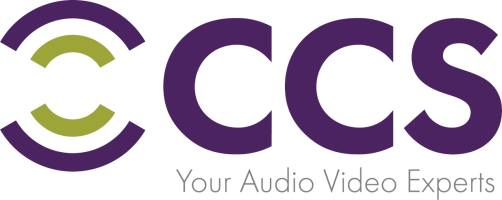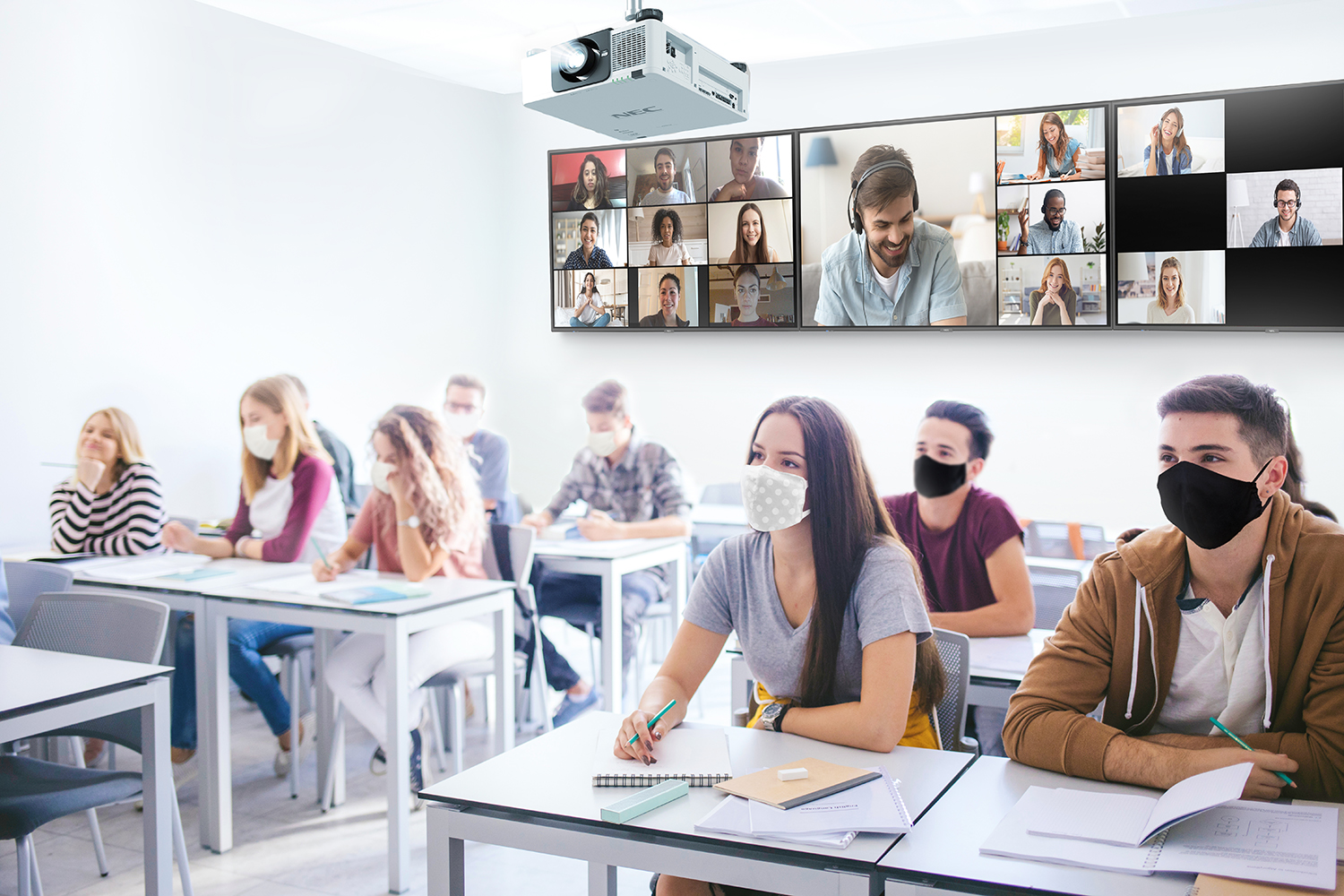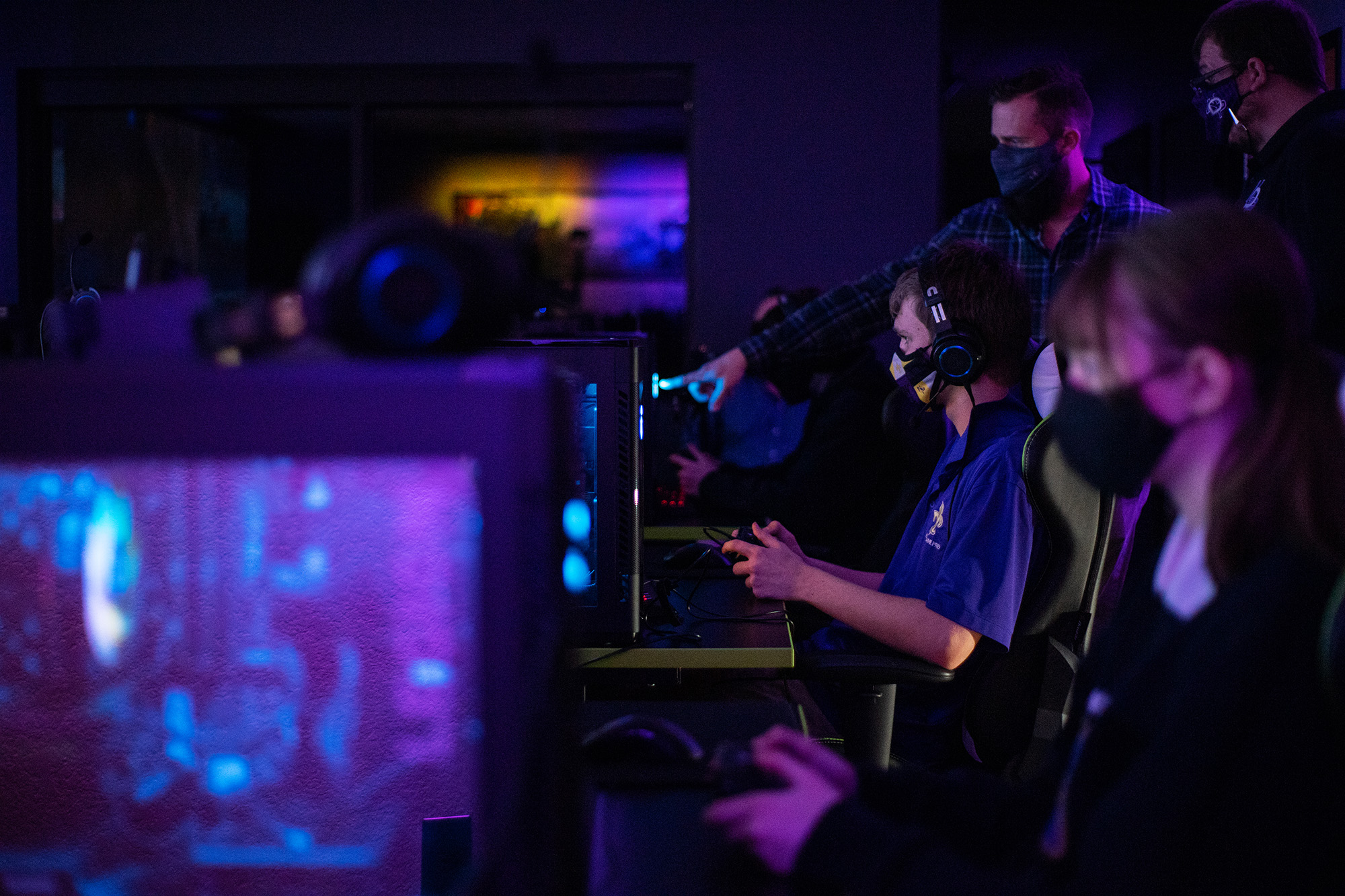In many parts of the country, the school year is winding down for many students and teachers. While they may be already planning their summer breaks, it’s a good time to re-assess what levels of technology are being faced in the K-12 classrooms around the U.S.

Several school systems are succeeding in their use of interactive whiteboards. The Sundale Tulare Elementary School in Tulare, CA decided to upgrade to a new interactive math and science learning system, and equip its school rooms with whiteboards. The school contacted CCS Presentation Systems to bring in interactive whiteboards to its rooms, enabling the full power of the new interactive learning system to take hold.
Another example is the Lattie F. Coor Building, located on the main campus of Arizona State University (ASU) in Tempe, AZ, which opened its doors a few years ago. This 275,000 square-foot academic center cost nearly $60 million to build during a two-year span, and relies heavily on AMX NI Series controllers to automate and monitor a variety of audio-video equipment to help in student education.
Technology training for teachers is also happening on a widespread scale. One such example is Project Innovation, a district-wide professional development plan to leverage interactive technology investments while raising all teachers to an appropriate level of classroom integration. In this method, technology is introduced and knowledge built upon slowly until teachers become experts on the interactive products and software in their classrooms and how those pieces integrate.
Even more challenging for teachers in a technology environment is the rapid development in 2012 for mobile technology. More students have access to the Internet in the palms of their hands, and faster access to information. With this challenge for teachers, mobile technology is rapidly changing the way that educators and school districts are looking at student education. It’s a topic that’s only growing in discussion and rapid development.
Earlier this year, the New York Times sponsored a section called The Frontier of Classroom Technology, in which educators, authors and teachers called out in a series of op-eds how the classroom school systems need to be re-evaluated in the face of developing technology. Regarding mobile technology, author and educator Will Richardson wrote:
“Access in our kids’ pockets will force us to rethink much of what we do in schools. For one thing, we have to stop asking questions in classrooms that students can now answer with their phones (state capitals anyone?) and instead ask questions that require more than just a connection to answer — questions that call upon them to employ synthesis and critical thinking and creativity, not just memorization. Anything less is not preparing them for the information rich world that we live in.”
Internet technology, mobile access, classroom technology fixtures – all of these elements are top of mind for parents, educators and students. Now is the time for rapid technology changes, and with these changes come a need for understanding.



